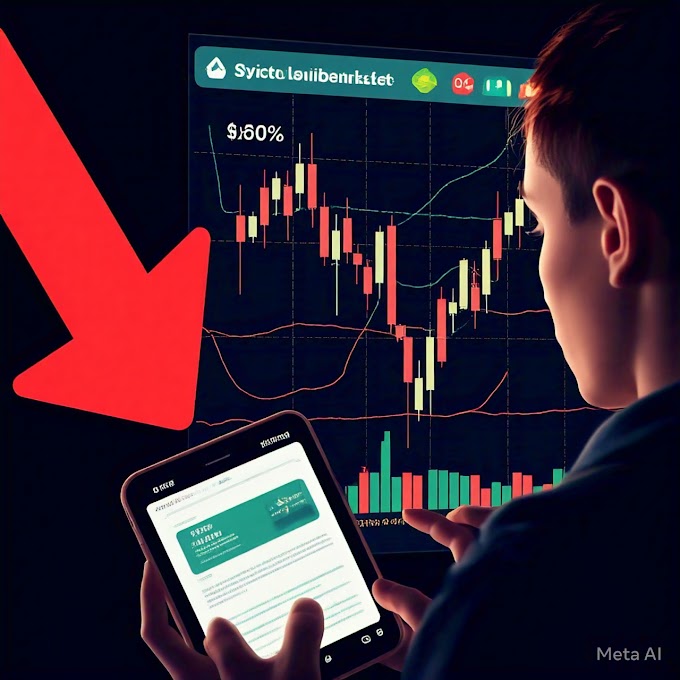Introduction
Blockchains are at the forefront of technological innovation, offering revolutionary opportunities for decentralized finance (DeFi) and cross-border micropayments. However, their complexities—ranging from technical barriers to managing cryptocurrency wallets and private keys—present significant challenges. Recent advancements in generative AI and large language models (LLMs) now promise solutions to these problems.
This article delves into how AWS Bedrock agents, paired with advanced AI, simplify blockchain data analysis and facilitate seamless interaction with blockchain networks for financial applications. Presented by Emile Basil and Simon Goldberg, two seasoned Web3 architects, this comprehensive guide walks you through innovative blockchain use cases, focusing on data analysis and decentralized finance assistance.
Table of Contents
- Introduction to Blockchain Challenges and AI Solutions
- Use Case 1: Blockchain Data Analysis with AI Agents
- Text-to-SQL Queries
- Implementation Process
- Key Learnings from AI-Driven Analysis
- Use Case 2: DeFi Assistance with AI Agents
- Researching On-Chain Opportunities
- Trading and Wallet Management
- Protecting Users with Knowledge Bases
- Future Expansions and Applications
- FAQs on AI in Blockchain
- Conclusion
1. Introduction to Blockchain Challenges and AI Solutions
Blockchain technology, while innovative, involves intricate technicalities like data schemas, private key management, and decentralized operations. Traditional methods for analyzing blockchain data demand expertise in SQL and blockchain architecture. This article outlines how AWS Bedrock agents, supported by advanced AI, overcome these obstacles by enabling natural language interactions and automating complex blockchain processes.
2. Use Case 1: Blockchain Data Analysis with AI Agents
Text-to-SQL Queries
AI simplifies querying blockchain datasets by converting natural language inputs into SQL commands. For instance, questions like “What was the largest Bitcoin transaction in the last 24 hours?” can be seamlessly translated into SQL queries executed through Amazon Athena.
Implementation Process
Emile and Simon outlined a four-step process for creating AI-driven blockchain data analysts:
- Creating a Bedrock Agent: Selecting a suitable LLM and configuring parameters.
- Defining Agent Behavior: Crafting detailed instructions for precise task execution.
- Embedding Data Context: Incorporating blockchain schemas for Bitcoin and Ethereum to enhance agent understanding.
- Setting Up Action Groups: Connecting agents to backend services like AWS Lambda for SQL execution.
Key Learnings from AI-Driven Analysis
- Agents can interpret common blockchain terminologies and convert hexadecimal values into readable formats.
- Error-handling mechanisms allow agents to automatically correct and retry queries.
- Cost-efficient alternatives, such as Amazon Managed Blockchain Query, reduce data processing expenses.
3. Use Case 2: DeFi Assistance with AI Agents
Researching On-Chain Opportunities
AI agents enable users to gather real-time data about lending rates, liquidity pools, and borrowing options. By connecting to blockchain networks via AWS services, agents deliver actionable insights for informed decision-making.
Trading and Wallet Management
Agents facilitate secure and automated trading activities. Features include:
- Fetching wallet balances.
- Constructing and signing blockchain transactions using AWS Key Management Services (KMS).
- Optional integration with Nitro Enclaves for enhanced security.
Protecting Users with Knowledge Bases
Agents safeguard users by accessing up-to-date knowledge bases containing information about security threats in DeFi protocols. Before executing a transaction, the agent verifies the safety of the target protocol, ensuring user protection.
4. Future Expansions and Applications
The potential applications of AI agents in blockchain extend far beyond data analysis and DeFi.
- Multiparty Wallets: Managing shared keys for enhanced security.
- Peer-to-Peer Payments: Automating transfers between users.
- AI-Driven Gaming: Supporting in-game economies through blockchain integration.
- Custom Integrations: Tailoring agents for specific industries or use cases.
5. FAQs on AI in Blockchain
Q1. What is AWS Bedrock, and how does it work with blockchain?
AWS Bedrock enables developers to build and deploy AI applications using pretrained models. It connects with blockchain networks to streamline complex tasks like data querying and transaction execution.
Q2. How secure are blockchain transactions executed by AI agents?
Transactions are secured using AWS KMS or Nitro Enclaves, ensuring private keys are protected during the signing process.
Q3. Can AI agents interact with multiple blockchain networks?
Yes, Bedrock agents support cross-chain interactions, enabling analyses and transactions across networks like Bitcoin and Ethereum.
Q4. Are these solutions cost-effective for small-scale users?
Cost efficiency depends on the use case. Amazon Managed Blockchain Query offers affordable alternatives for large-scale data processing.
Q5. How do agents stay updated about security threats?
Agents use dynamically updated knowledge bases populated with data from off-chain sources like financial news, Discord groups, and Telegram channels.
6. Conclusion
The fusion of blockchain technology and AI represents a transformative step toward making decentralized finance and data analysis more accessible. By simplifying interactions and enhancing security, AWS Bedrock agents empower both technical experts and non-experts to navigate the blockchain ecosystem effectively.
As blockchain applications grow, the role of AI in ensuring seamless operations, cost-efficiency, and user protection will only expand. Whether you're a blockchain developer or a DeFi enthusiast, adopting AI-driven tools is a step toward embracing the future of decentralized innovation.



.png)




